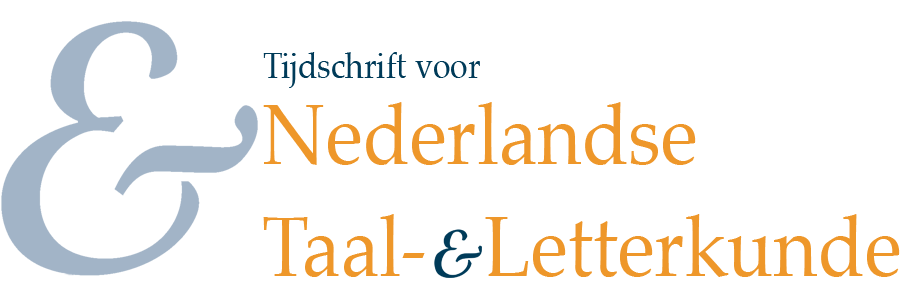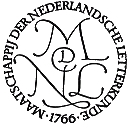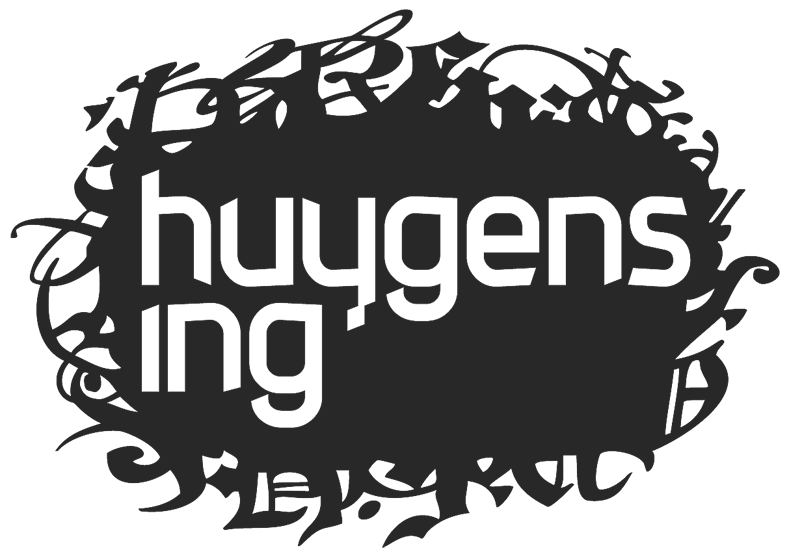Stijlvolle moorden in Costers Polyxena. Stilistische functies van clauslengte, perceptief continuüm en enjambement
Samenvatting
In the tragedy Polyxena (1619) Samuel Coster makes an excellent use of three stylistic means: (1) the length of the text units spoken by one character, (2) the length of coherent sequences of words belonging to the same main or subordinate clause or to a free adjunct and (3) the percentages of enjambments in text units spoken by one character. In our reseach, based on statistical evidence, we found the following tendencies. Ad (1) Groups of short text units show fierceness in the discussion. Ad (2) Long perceptive continuïties are used to express rational behaviour of a character in full control of his feelings. On the other hand short perceptive continuïties correspond with intense emotion. Ad (3) A high frequency of enjambments shows that the speaker is highly involved and strongly wishes to reach his goal. A low percentage supports a calm and reasonable expound of his views.
In the Polyxena we may distinguish four plots. The first action, ending with the murder of the very young Astianax, is not intertwined with the following three actions. In this first one Coster uses the three stylistic means for expressing emotion to the full. The second action, which contains Polymnestors rational decision to kill Polydorus and ends with the murder, has extremely long perceptive continuïties. The third action, ending with the sacrifice of Polyxena, has the emotional climax not at the end, but when Vlysses forces Hecuba tot let her daughter go. The stylistic means correspond with this emotional development. Of the last three actions the fourth, which ends with Hecuba's murder of Polymnestor and the killing of Hecuba by his servants, is the one that uses stilistic means most. So Samuel Coster's stilistic expression of the murders -- also Polyxena's sacrifice is in reality Vlysses' planned murder -- show well-balanced differences.
In the Polyxena we may distinguish four plots. The first action, ending with the murder of the very young Astianax, is not intertwined with the following three actions. In this first one Coster uses the three stylistic means for expressing emotion to the full. The second action, which contains Polymnestors rational decision to kill Polydorus and ends with the murder, has extremely long perceptive continuïties. The third action, ending with the sacrifice of Polyxena, has the emotional climax not at the end, but when Vlysses forces Hecuba tot let her daughter go. The stylistic means correspond with this emotional development. Of the last three actions the fourth, which ends with Hecuba's murder of Polymnestor and the killing of Hecuba by his servants, is the one that uses stilistic means most. So Samuel Coster's stilistic expression of the murders -- also Polyxena's sacrifice is in reality Vlysses' planned murder -- show well-balanced differences.
Terugverwijzingen
- Er zijn momenteel geen terugverwijzingen.



